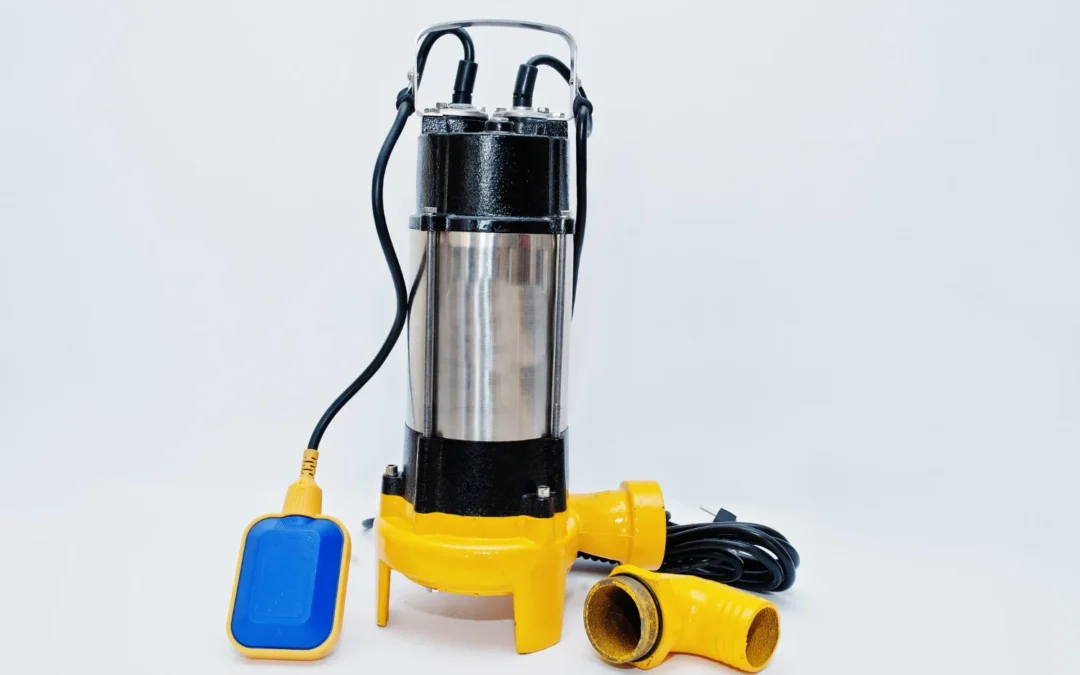Domestic sewage pumping stations are often the silent champions of our homes, ensuring that wastewater is effectively moved away to prevent any messy situations. They play a pivotal role in managing household waste, making sure everything flows smoothly without a hitch. But like any piece of equipment, they aren’t immune to problems. Understanding what can go wrong, and how to spot the warning signs early, can save you a lot of headaches down the line.
Troubles arise in these systems from time to time, whether from everyday wear and tear or unexpected mishaps. When things don’t work as they should, it’s not just an inconvenience; it could impact household hygiene and comfort. By becoming familiar with common problems and knowing the basics of troubleshooting, you can keep your domestic sewage pumping station running effectively and avoid unnecessary stress.
Identifying Common Problems
When dealing with sewage pumping stations, a few common issues often crop up. These problems might appear overwhelming, but pinpointing them is the first step towards resolving them. Here’s a handy list of issues to watch out for:
1. Blockages and Clogging: This is one of the most frequent issues. Blockages can appear when foreign objects or inappropriate items are flushed down. Things like wipes or sanitary products are typical culprits, creating clogs that hinder the pump’s performance.
2. Power Failures and Electrical Issues: Sometimes the pump might stop because there’s a problem with the power supply or the internal electrics. A tripped circuit breaker or a faulty electrical connection can easily disrupt the system’s operations and can often be fixed by checking power sources and resetting necessary switches.
3. Pump Overload and Motor Issues: If the pump has to deal with more than it’s designed to handle, it might overheat or experience excess strain. This can lead to motor burnout or mechanical failures, which need addressing to prevent permanent damage.
These are the typical bumps you might encounter in the smooth running of a domestic sewage pumping station. Recognising these problems early can prevent minor inconveniences from becoming major disruptors in your daily routine. Understanding these common pitfalls puts you in a better position to maintain your system’s efficiency and longevity.
Troubleshooting Techniques
You’ll need a practical approach when it comes to tackling the issues identified in your sewage pumping station. Here’s how to address some of these problems effectively:
1. Clearing Blockages Safely: Begin by turning off the power supply to ensure safety. If you notice a blockage, use a plumber’s snake or rod to gently clear the obstruction. Avoid using harsh chemicals as they might damage the pump or pipes.
2. Checking and Addressing Power Sources: If the pump stops unexpectedly, inspect the power supply. Ensure that the circuit breaker hasn’t tripped and reconnect any loose wiring. Prevention tip: Regular checks and good lighting in the pump area will make detecting issues easier.
3. Resolving Motor and Pump Overload Issues: If the pump is overheating, the first step is to shut it down to prevent further damage. Once cool, inspect the motor for any signs of strain or damage. Overloads may be due to excessive demand or a faulty motor. If unsure, seek advice from an experienced technician to avoid worsening the situation.
Remember, while these methods can help address minor problems, they’re not a substitute for professional expertise.
When to Call a Professional
Sometimes, despite your best efforts, problems can persist. Knowing when it’s time to reach out to an expert can make all the difference in maintaining the health of your sewage pumping station.
When you encounter persistent issues or suspect internal damage, that’s usually a clear indicator to bring in a professional. If you detect strange noises, vibrations, or persistent power issues, a skilled technician can diagnose and resolve the underlying causes more effectively than DIY methods. Also, routine professional maintenance can help identify and prevent issues before they become serious, prolonging the life of your system.
Investing in expert services ensures peace of mind, as professionals have both the tools and experience to handle tricky situations with care and precision.
Keeping Things Flowing Smoothly
Navigating problems with your domestic sewage pumping station might seem challenging initially, but it’s all about being informed and prepared. Staying alert to common issues and understanding basic troubleshooting techniques will help you manage minor hiccups efficiently. Regular maintenance and knowing when to rely on professional help are key elements in ensuring that everything runs smoothly.
By taking these steps, you’re setting up your household for seamless waste management, saving yourself time and potential stress down the road. Consider these practices as part of regular household management to keep everything functioning without interruption.
When your household wastewater management needs expert care, it’s reassuring to know that A&C Pumps Ltd is ready to assist with any issues in your system. Whether you are facing persistent blockages or unusual pump noises, addressing them promptly can keep your setup running efficiently. Discover more about how we can support you with your domestic sewage pumping station to ensure everything flows smoothly.

